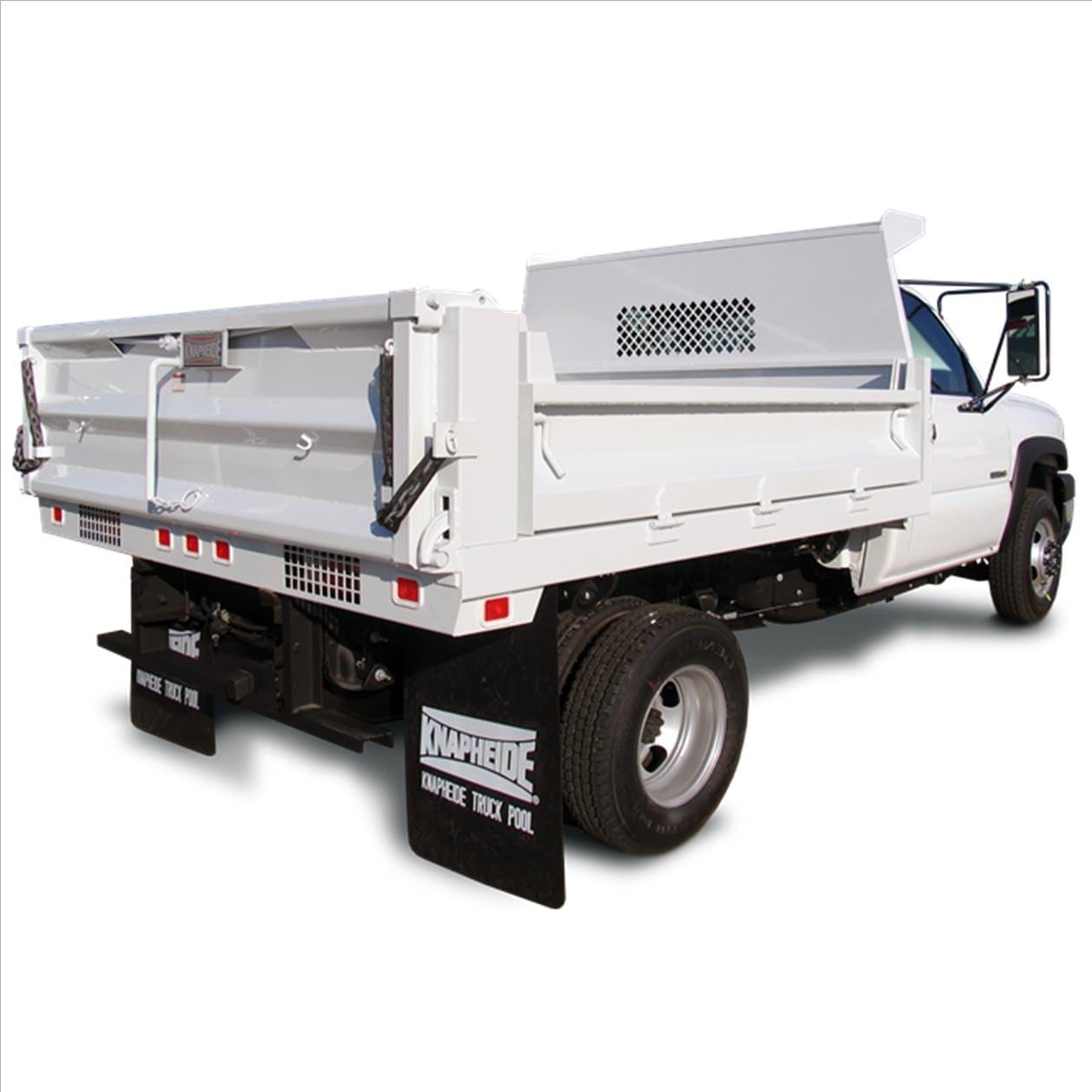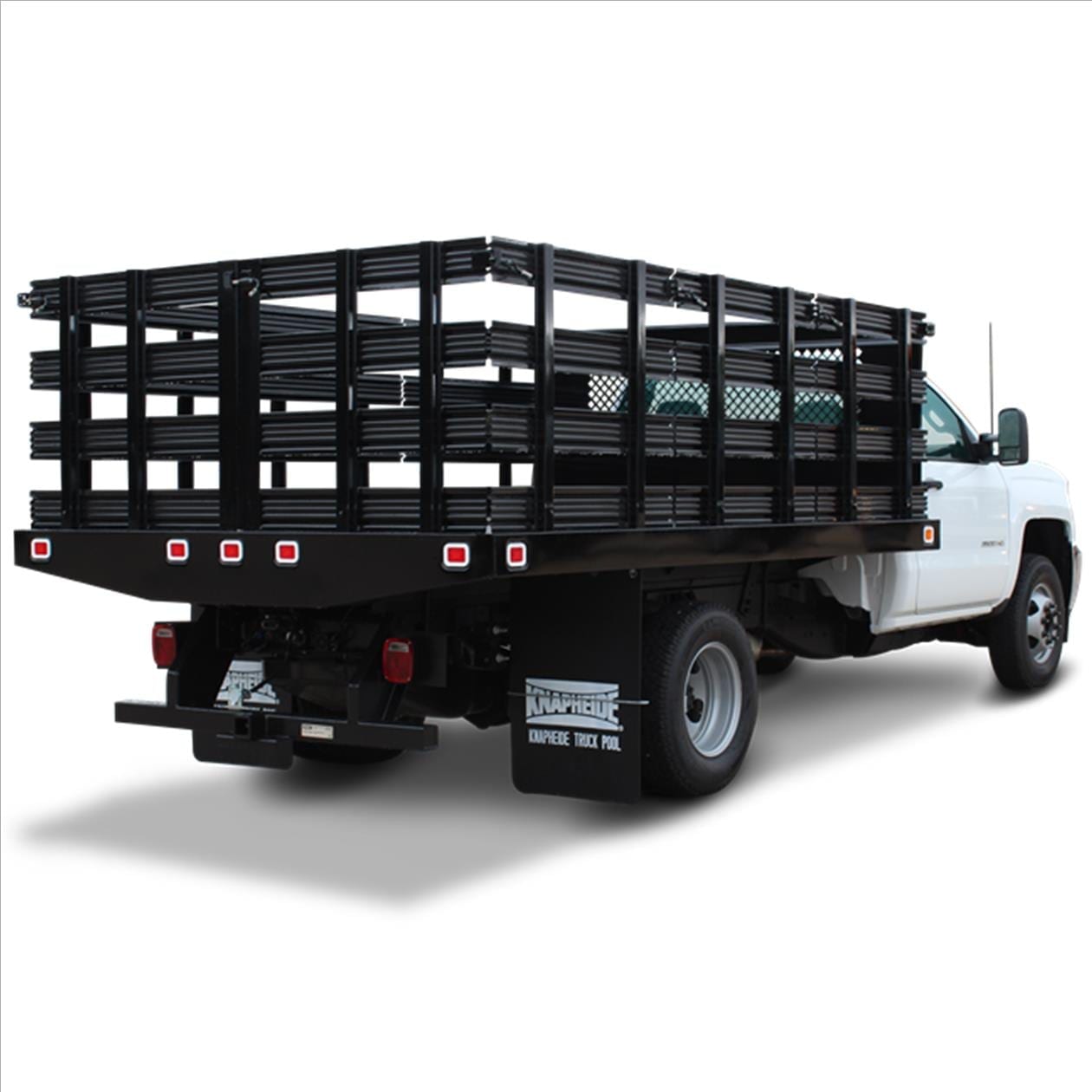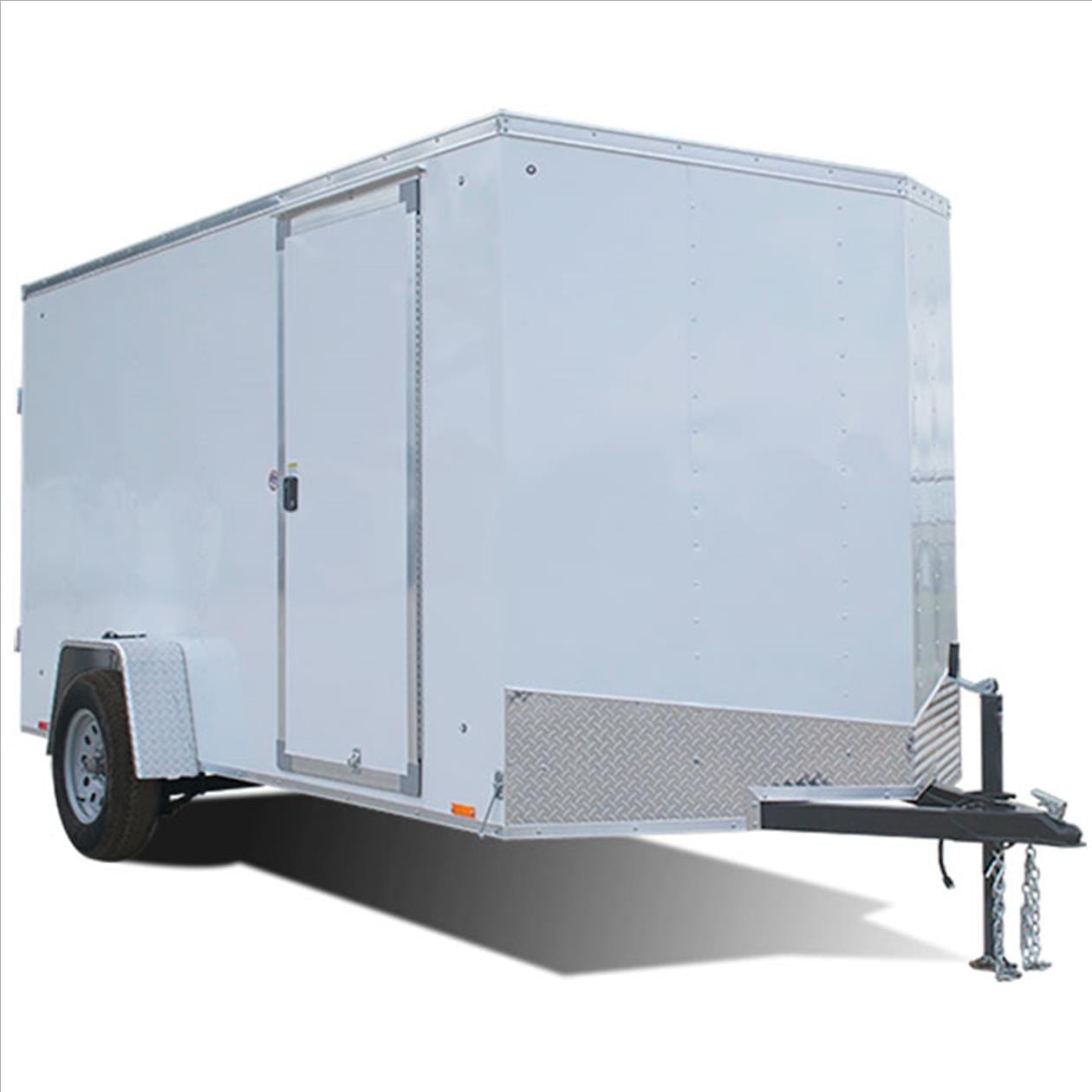Torque News Looks At Causes Of Shortages in Auto Industry; Sees More By Marc Stern Apr 19 2021 – 2:28am
In a story today, longtime Torque News reporter Marc Stern studies the reasons that the auto industry is facing rolling shutdowns and slowdowns and finds the root causes.
This is a story that I had never thought I would be writing. Usually, industry pundits, movers, and shakers, and other assorted opinions comment on the state of inventory, how many days of this model are available or how tight that model is in its availability.
Some Articles Easy To Write, This One Not So Much
Those articles are easy to write as there are usually lots of opinions and comments. There is also lots of news about the state of the auto industry, so it makes things quite tidy as you put the ribbons on an article like that and send it to the editor.
This article is a lot harder to write because it deals with shortages that have various causes. And, let’s state right at the start that several shortages are threatening the auto industry. Let me list them:
- Torque News has documented the ongoing semiconductor shortage that has caused the industry to schedule downtime on key assembly lines because there aren’t enough computer chips in inventory to build vehicles correctly. Some automakers, notably Ford and General Motors, are building vehicles but leaving out key computer modules. The automakers are storing these vehicles as they wait for more inventory to come in. Other automakers feel the pinch, including Stellantis (formerly Fiat-Chrysler, which has merged with PSA Group). Why is there a shortage of chips? There are two primary reasons: the first is that the pandemic idled auto plants across the industry for months at a time last year. This led to lots of downtimes that caused the semiconductor industry to find this “excess” capacity to build other chips, and they did. The second is that the auto industry has used “just-in-time” (JIT) parts delivery to carry huge inventories of parts. JIT parts deliveries allow vehicle manufacturers to carry huge parts they need to build SUVs and trucks. Most of the time, JIT mode works (it has worked for years in the industry) as it allows the industry to load assembly lines with only the parts they need at specific times. However, when the industry faces supply chain shortages, JIT mode falls apart as there aren’t enough chips to go around.
- Last week, the auto industry found that rubber, vital to the transportation industry, is in short supply. The reason is simple: China has been buying up vast quantities of rubber and salting it away in its strategic stockpile, rubber for the future. This has left the automotive industry scrambling after the leftovers as the primary production countries in Southeast Asia sell off their dwindling supplies. One would think that China’s buying spree would have pushed up prices for the raw materials that rubber plantation owners collect, but that isn’t the case as prices have remained near historic lows. In strictly economic terms, this pricing and the shortage of the substance should have driven up the price to where farmers bring new sources online. The rubber farmers have found that their young rubber plants suffer from a blight killing them (they harvest the latex when the trees reach a certain level of maturity). The trees, which exude latex when they come into latex-producing season, suffer some blight that kills the young plants. This is creating a new shortage that will have an impact on the industry.
- Also, the industry learned last week that there could be a copper shortage coming as there have been no new copper mines built in the recent past, and the mines that industries have relied upon to produce needed copper products are no longer active.
Story Reaches To NPR
Suffice it to say, the picture for the industry is getting pretty bleak. Indeed, the shortage issue has even stirred NPR to look at things.
As noted, the news that everyone keeps discussing is the chip shortage. Typically, semiconductors are never on anyone’s radar. The industry trucks the chips in at various intervals. The chips are then sorted and routed to the right spots. At that time, vehicles like Ford’s F-150 or Bronco, or Raptor had various semiconductors inserted in the right spots, and they moved on to become finished products.
Interestingly, the pickups and SUVs mentioned are still rolling off their assembly line – when there are no planned halts – but there is a difference. They aren’t complete. They are awaiting the all-important semiconductors. The problem has become so crucial for the vehicle industry that President Biden held a summit of sorts about automotive semiconductors last week. The industry told the president what the issues were, and the president promised that he would make semiconductors one of his priorities to the tune of billions of dollars.
So, why is this shortage significant enough to get high on the president’s radar? Aside from the obvious fact that many workers have been idled again following last year’s multiple shutdowns as the coronavirus ripped its way through the auto industry, the vehicle industry faces the newer shutdown and shortage threats. The threats are due to semiconductor industry actions. We have outlined the issues in Torque News. The main problem is that during the industry’s COVID-caused downtime, semiconductor manufacturers believed there was “excess capacity” on their semiconductor production lines. However, that was an illusion. It wasn’t real. The auto industry’s shutdowns caused it.
Of course, being the market mavens that semiconductor industry leaders are – or are not – they decided that the “excess capacity” was actual. So they turned their lines to other “wafer fab,” as the industry terms new chip construction. Instead of relying on the 200-280 mask size that the auto industry has used for years, the industry dropped the size to 5 to 7, making the basic photo masking much tighter. As a result, the chips are incompatible with vehicles. Yes, there is still fabrication for vehicles coming out, but nowhere in the quantities a 17-million vehicle automotive market needs, especially with new models coming out regularly. The result is that genuine shortages are affecting the vehicle industry.
Who Is To Blame For This?
That the vehicle industry has to shoulder some of the burdens for the situation is also true. As we noted earlier in this piece, the industry has relied on “just-in-time” (JIT) inventory for roughly the last 35 years. It makes terrific sense for the corporate bean counters in vehicle manufacturing headquarters everywhere.
Instead of carrying huge parts inventories in dusty warehouse bins, the industry keeps a bare minimum of electronic parts on hand at all times. Usually, the vehicle manufacturers keep the semiconductor chips near railheads where the builders fetch them regularly from waiting trailers stacked on flatbed cars. Once fetched, the chips become part of the manufacturer’s daily build order. This way, the industry can keep its inventory costs very tight – a bean counter’s delight – while meeting the demand for vehicles.
Usually, JIT manufacturing makes lots of sense for the manufacturer. As noted, the inventory needed is at a minimum, with costs kept way down. But, these are not regular times. Even as the economy cries out for normality again, the pandemic refuses to release its grip on the transportation economy. The result is that “standard practices,” which the industry keeps clinging to, aren’t “standard” anymore. They are anything but standard. So, the vaunted JIT inventory upon which the industry has come to rely after many years has fallen apart. The result is a significant chip shortage. The shortage has meant unscheduled downtime, which idles auto workers and costs the industry billions.
Ford estimated recently that the chip shortage would cost the automaker as much as $2 billion if it continues past the second quarter of the year.
Think about this: Ford has ramped up major new model deliveries that are supposed to begin this quarter. The deliveries aren’t standard models that have been on the Ford menu for years, such as the Explorer SUV line or standard ICE (internal combustion engine) Mustangs. Instead, the planned models are major Ford brands, Bronco and Mustang. Ford plans call for each brand’s independence, with each brand taking a significant load of Ford business. Indeed, there won’t be any Ford logos on Bronco or Mustang sites in the not too distant future. By the way, the Mustang Mach-E is Ford’s first current EV. Reviewers have given it thumbs up. My colleague Jimmy Dinsmore wrote a long analysis of Ford’s corporate corporate branding and sub-branding plans.
A Reality Of Delayed Deliveries?
Ford is facing a reality that spells out delayed deliveries for many customers. It isn’t a great situation for a vehicle manufacturer.
Chips and JIT inventory are only two of the shortage situations confronting and straining the vehicle industry. Another shortage making itself noticed is in a part of the vehicle everyone takes for granted, rubber. Torque News will ask the question: what do you have if you do not have a vehicle with rubber? The answer is simple: a statue. Well, maybe not a statue in the traditional sense of a horse and hero rider but a statue in the sense that it is an item that will sit on its axles on the ground without rubber to put on its wheels and look pretty,
The impending rubber shortage is so new that the industry hasn’t felt it yet, but it is coming as surely as summer follows spring. It has three causes.
First, for the last several years, the rubber market has been flattened. Prices for the raw material for natural rubber – the latex extruded by trees grown for the purpose – have been at historic lows. There is little incentive for rubber farmers to plant new trees to supplement their income. Instead, they depend on the trees they have and hope prices will rise. It has not happened, and rubber plantations, which depend on stocks of new, healthy young trees to deliver their latex, are shadows of themselves. They should be doing exceptionally well on paper, but you will find they are shadows of themselves. The trees are getting old, which means that they don’t deliver the amount of latex needed for natural rubber items that vehicles need (imagine top-quality shocks that don’t use the correct type of natural rubber damping. They are stiff and unforgiving, not at all what the industry needs).
Yes, there are alternatives such as the rubber that you can develop from petroleum distillates, but rubber isn’t as malleable as naturally occurring rubber (it’s the stiff stuff).
Natural Rubber Problems, Too
If you were to look closely at the significant rubber plantations in Vietnam or Thailand, you would find that there is fungus attacking many young plants planted by some collective plantations (not all of the plantations haven’t tried to keep up). Many young plants are losing their top leaves, and as a result, they are not producing latex in quantities. The result is flat output from large plantations.
So, the rubber sector is facing a twin tsunami of problems. The first is that the many small, independent farms that the sector depends upon have throttled back their production because it doesn’t seem to make economic sense. It doesn’t seem worth their while. Add to that the blight that has attacked many young plants, and you have a situation that is guaranteed to create problems for the vehicle industry.
Then you have the third leg of stand underlying this shortage, China. China’s leadership has decided that the raw materials for rubber – and the substance itself – are needed for its strategic reserves. As such, Asia’s economic powerhouse has been out there buying up huge stocks. That has left fewer opportunities for other buyers to nab the critical product on the open market.
China continuing to purchase the critical vehicular necessity could very well mean that downtimes for rubber could soon match the downtimes for semiconductors. It will take several more years before new young rubber trees are ready to be tapped for their latex if they are tappable because of the fungus affecting them.
You might wonder why China has been able to purchase the quantities it has purchased for its stockpile. The answer is simple – no one has noticed. The price has remained far off the peak established several years ago in the rubber market. Most small farmers – the vast majority of latex providers – are still receiving meager payments for the latex. Because the market is way off for latex, they are selling to anyone willing to buy their wares. In this case, it is China that is a willing buyer. Prices are so low that they have purchased the massive volumes they have sought for their strategic stockpile purchases.
Why Isn’t The Industry Involved?
It’s funny, but you think that the transportation industry would be out there bidding against China for available rubber supplies, but they have reverted to form and are still committed to JIT supply. It is a rather myopic view that sees things through latex-colored glasses. The industry isn’t involved in the rubber market in every way possible. Transportation needs to work with farmers or plantations directly to meet its needs despite China’s actions or another power.
In a related matter, the transportation industry is facing a related shortage, seat foam. If you remember the ending of the 2020-21 winter, you probably can pinpoint the significant climate shift – it was a two-week climatic shift that sent cold air as far as Texas. As the cold air sat there, freezing the population, a significant winter storm built that shut the area’s petrochemical industry. The petrochemical factories feed the factories that make seat foam. Because the weather closed, the blocks of foam from which the industry fashions seats were not available. Though the shutdown was short, the sheer volume of foam they turn out in a week had a ripple effect.
Indeed, though the storm and shutdown occurred weeks ago, the shortage has remained for seating foam. The resulting shortage has had vehicle manufacturers scrambling to find new sources for the active petrochemical substance. Though the shortage currently affects manufacturing over the relatively near term, the petrochemical industry should catch up to the needed levels of seating foam.
Finally, though it has only been a hint in some of the more scholarly engineering journals, it seems as if there will be a copper shortage soon with which the vehicle industry must deal. As you might expect, the impact of a copper shortage could be humungous as the industry turns from ICE technology to battery tech.
Among those qualities are excellent electrical conductivity and connectivity. Copper will also retain its shape and conductive qualities to relatively low temperatures. The substance has myriad uses in vehicles.
Other Potential Shortages
The industry faces potential shortages because there have been no new copper mines brought online in the last couple of decades. The prediction has been made based on current copper use and the fact that there have been no new mines. Instead, the vehicle industry has to deal with rapidly aging infrastructure that brings less copper ore to the surface for smelting. Though not imminent, the vehicle industry should be on the lookout for this problem. Exacerbating this problem, the changeover from ICE to battery tech means that it is likely that even more copper will be necessary for the future.
So, there you have it. It isn’t a story that is particularly happy for the industry. At least half a dozen significant shortages are facing the vehicle industry. Torque News has only scratched the surface of the issues and challenges facing the vehicle industry. The key to these challenges is ingenuity. While there is no lack of ingenuity to handle each issue, the key will be how the industry responds to these and the future challenges.
Marc Stern has been an automotive writer since 1971 when an otherwise normal news editor said, “You’re our new car editor,” and dumped about 27 pounds of auto stuff on my desk. I was in heaven as I have been a gearhead from my early days. As a teen, I spent the usual number of misspent hours hanging out at gas stations Shell and Texaco (a big thing in my youth) and working on cars. From there on, it was a straight line to my first column for the paper, “You Auto Know,” an enterprise that I handled faithfully for 32 years. Not too many people know that I also handled computer documentation for a good part of my living while writing YAN. My best writing, though, was always in cars. My work has appeared in venues including Popular Mechanics, Mechanix Illustrated, AutoWeek, SuperStock, Trailer Life, Old Cars Weekly, Special Interest Autos, and others.
 Bulkheads / Van Partitions
Bulkheads / Van Partitions Cargo Van Floors
Cargo Van Floors Trade Packages
Trade Packages Ladder Racks
Ladder Racks Drawer Units
Drawer Units Liner Packages
Liner Packages Floor Drawers
Floor Drawers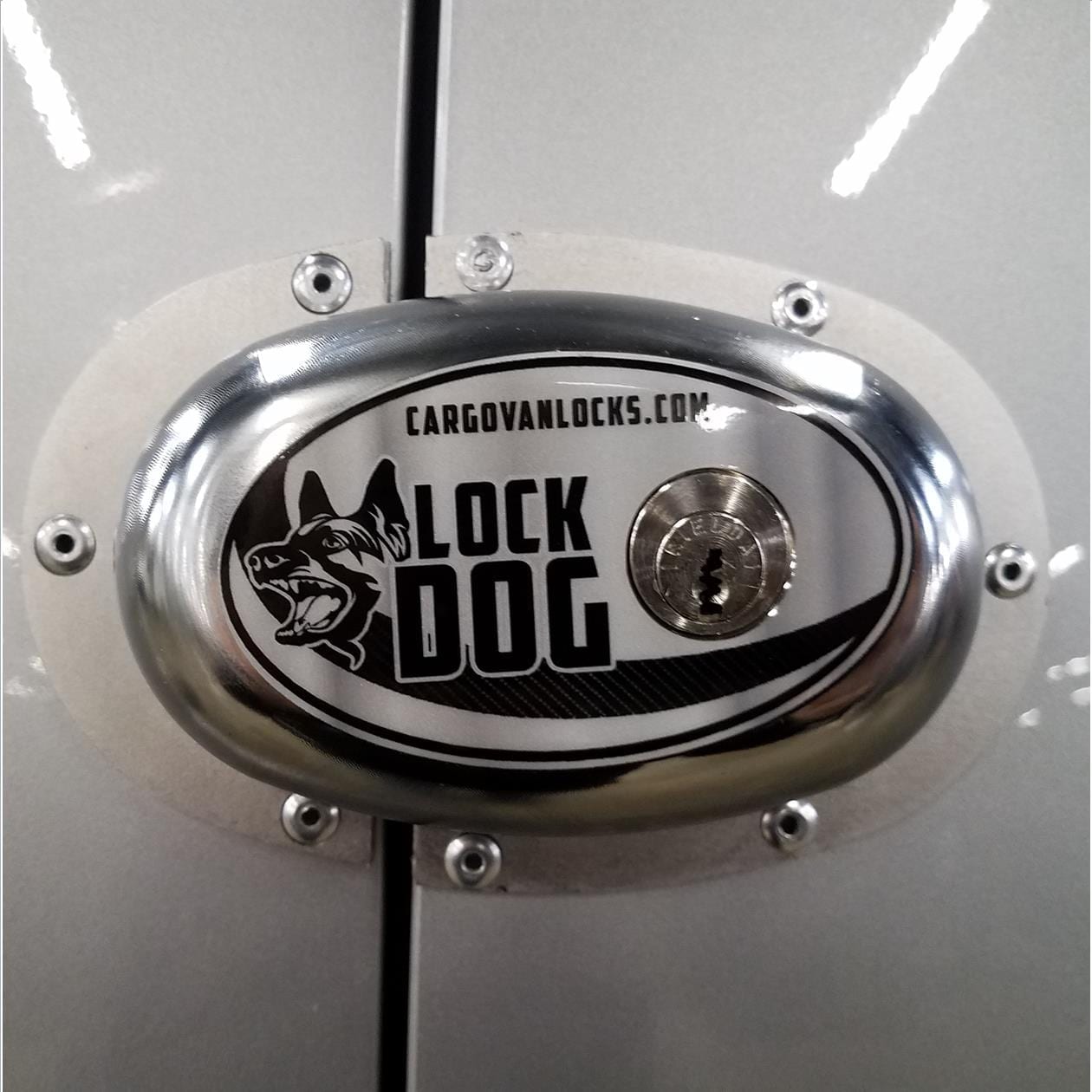 Vehicle Security
Vehicle Security Fold-Away Shelving
Fold-Away Shelving Hitches
Hitches Cargo Van Ladders
Cargo Van Ladders Lift Gates
Lift Gates My Glass Truck
My Glass Truck Roof Vents by Flettner
Roof Vents by Flettner Van Running Boards and Steps
Van Running Boards and Steps Van Shelving Units
Van Shelving Units Storage Cabinets
Storage Cabinets Tank Racks
Tank Racks Van Accessories
Van Accessories Work Bench Modules
Work Bench Modules Ladder Rack Accessories
Ladder Rack Accessories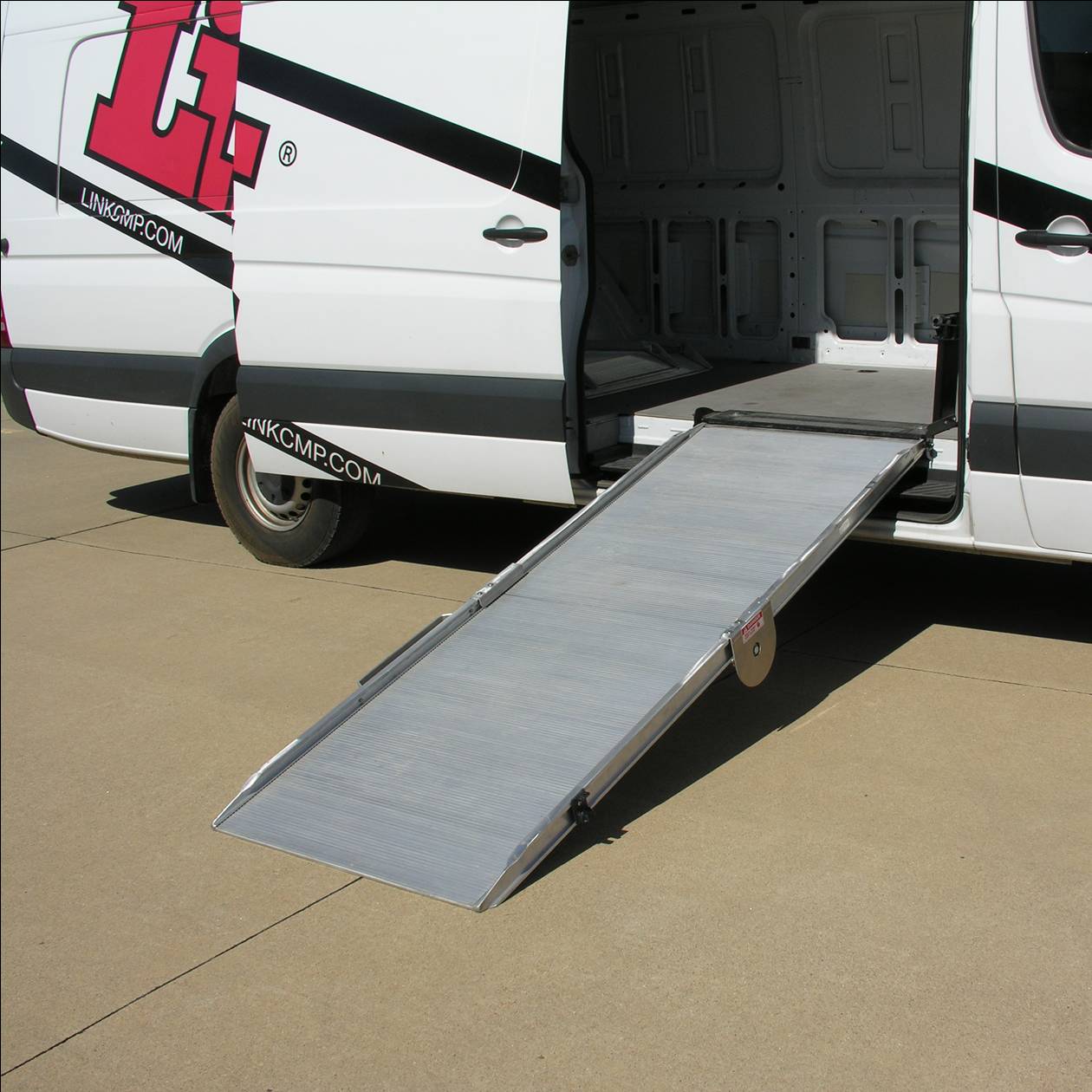 Link Ramps
Link Ramps Bulkheads / Van Partitions
Bulkheads / Van Partitions Drawer Units
Drawer Units Floor Drawers
Floor Drawers Hitches
Hitches Ladder Racks
Ladder Racks Ladder Rack Accessories
Ladder Rack Accessories Cargo Van Floors
Cargo Van Floors Cargo Van Ladders
Cargo Van Ladders Lift Gates
Lift Gates Liner Packages
Liner Packages Link Ramps
Link Ramps My Glass Truck
My Glass Truck Roof Vents by Flettner
Roof Vents by Flettner Van Running Boards and Steps
Van Running Boards and Steps Vehicle Security
Vehicle Security Van Shelving Units
Van Shelving Units Storage Cabinets
Storage Cabinets Tank Racks
Tank Racks Trade Packages
Trade Packages Fold-Away Shelving
Fold-Away Shelving Van Accessories
Van Accessories Work Bench Modules
Work Bench Modules Box Truck Equipment
Box Truck Equipment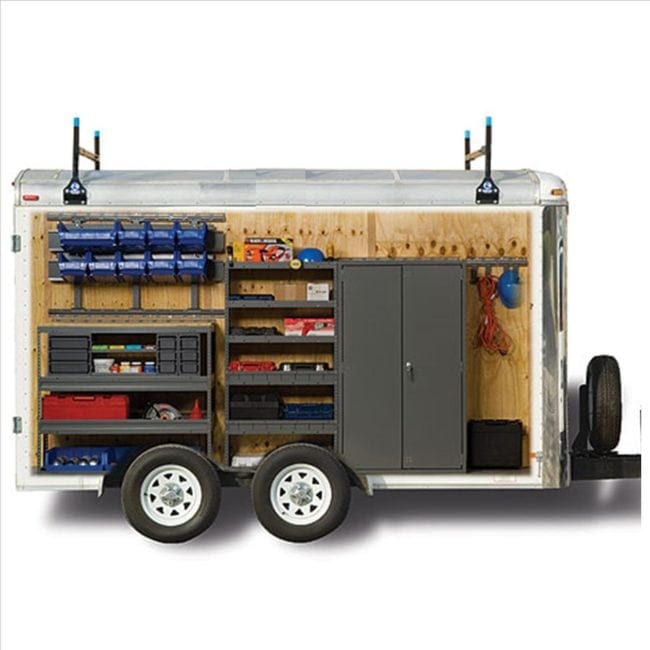 Cargo Trailer Equipment
Cargo Trailer Equipment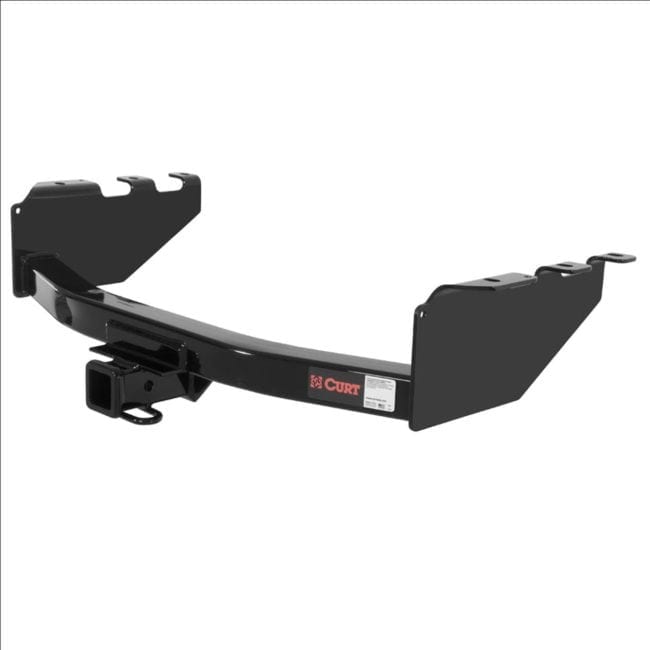 Pickup Truck Hitches
Pickup Truck Hitches Headache Racks
Headache Racks Running Boards and Steps
Running Boards and Steps Truck Rack
Truck Rack Tonneau Covers
Tonneau Covers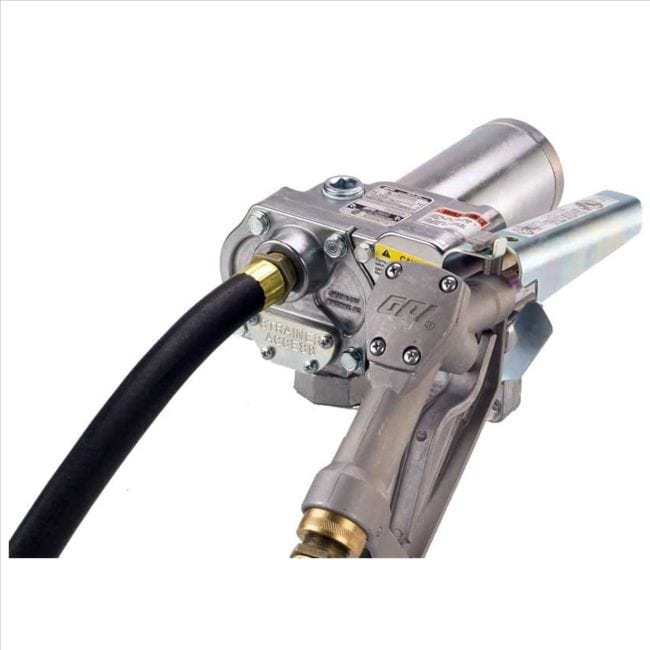 Transfer Fuel Pumps
Transfer Fuel Pumps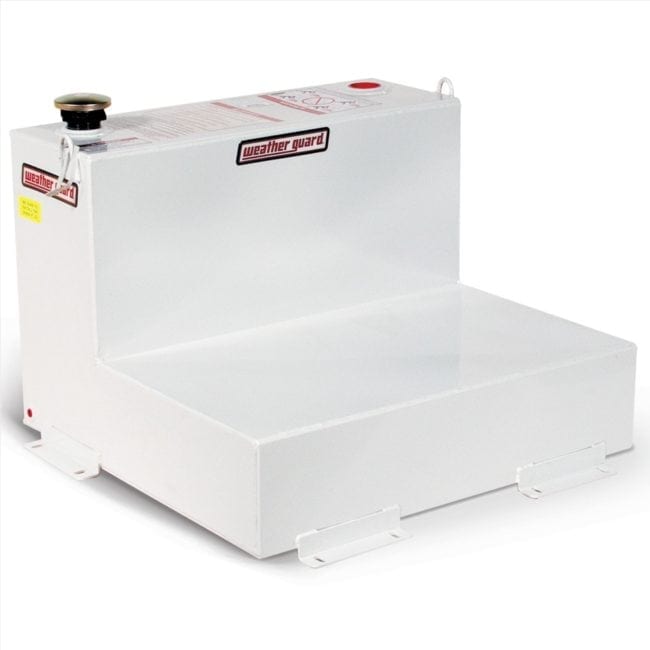 Transfer Fuel Tanks
Transfer Fuel Tanks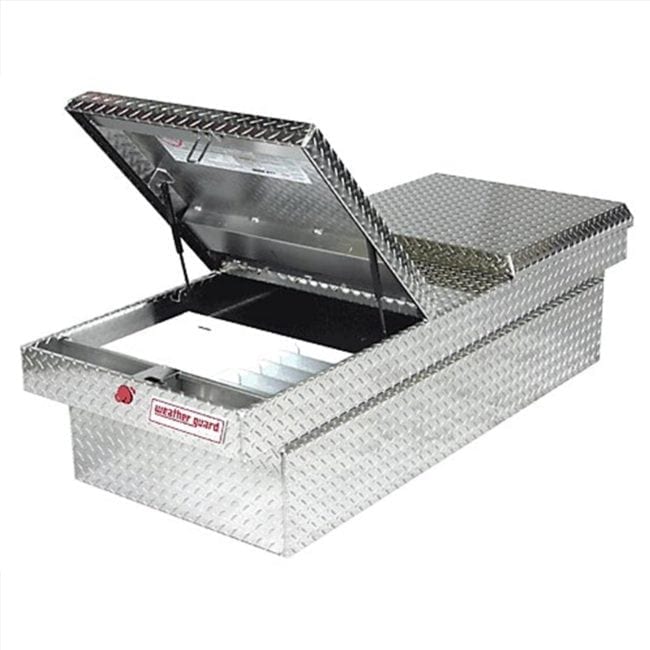 Truck Boxes
Truck Boxes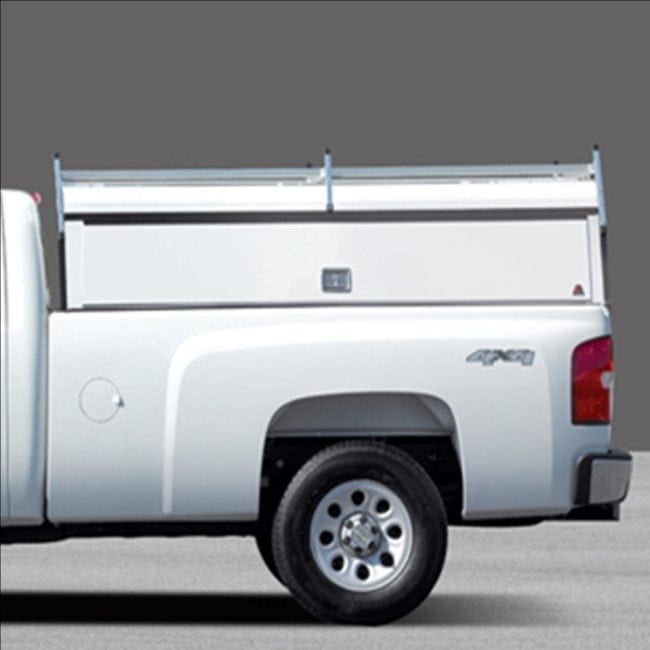 Truck Caps
Truck Caps Floor Drawers
Floor Drawers Truck Lift Gates
Truck Lift Gates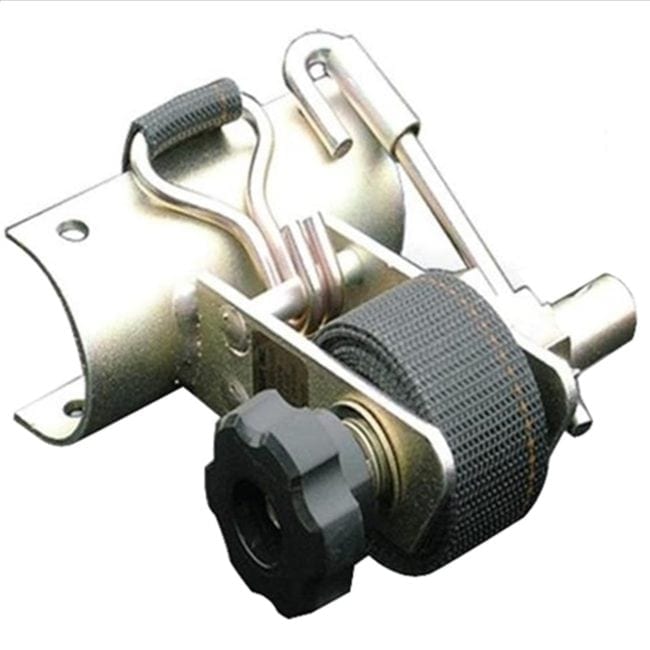 Truck Rack Accessories
Truck Rack Accessories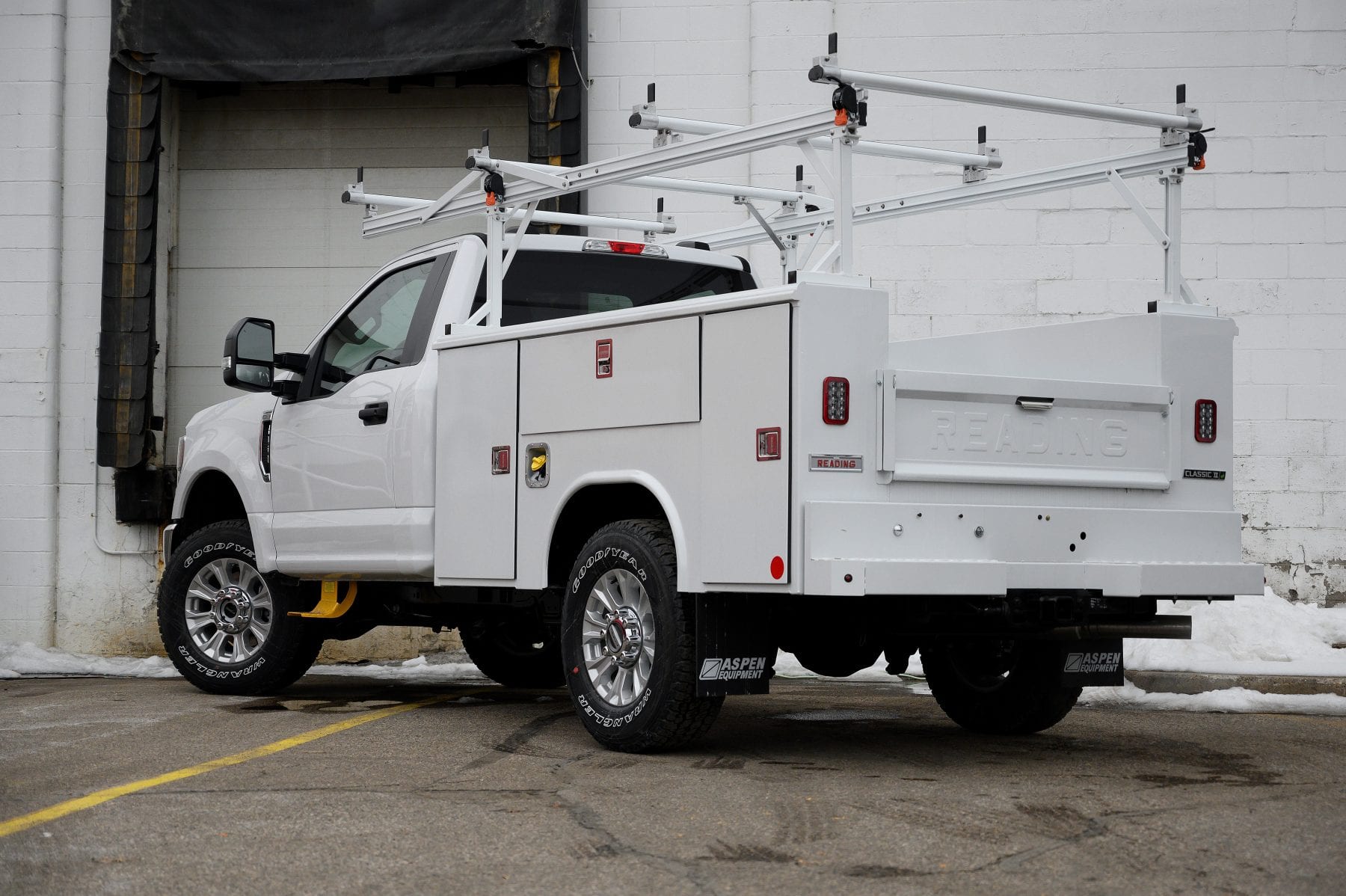 Utility & Service Body Ladder Racks
Utility & Service Body Ladder Racks Pump Accessories
Pump Accessories
















